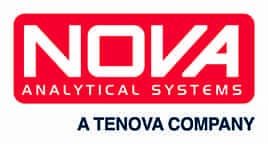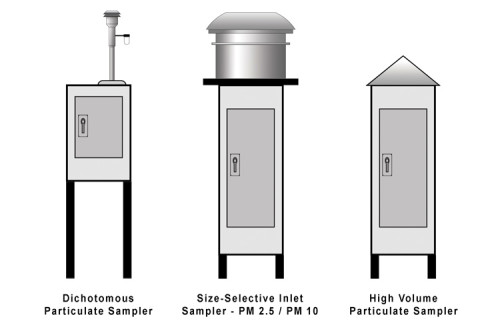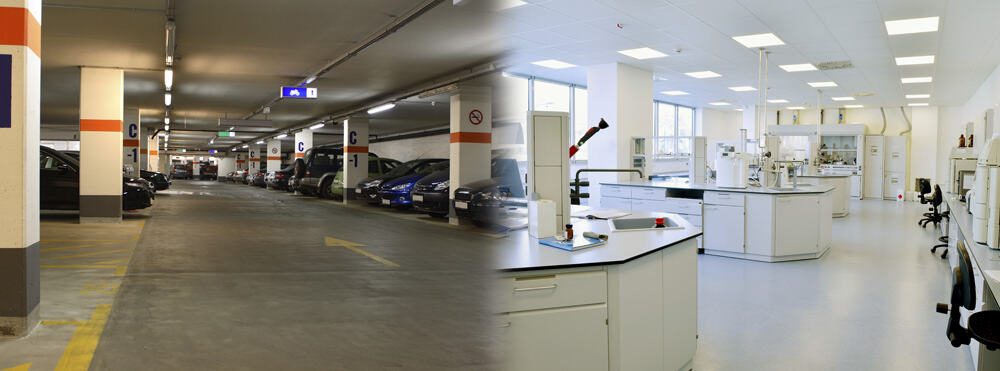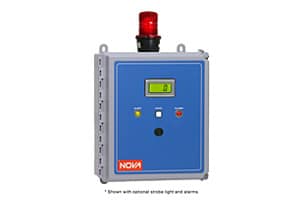Ambient Air Analysis – Pollutant and Safety Applications
Generally speaking, ambient air monitoring falls into two basic categories:
- Monitoring ambient air for pollutants
- Monitoring breathable air for safety
Even though Nova primarily concentrates on the process monitoring market, we do have some relevant equipment for these categories, mentioned about half way down this page under the subheading ‘Nova Products’.
Pollutant Monitoring
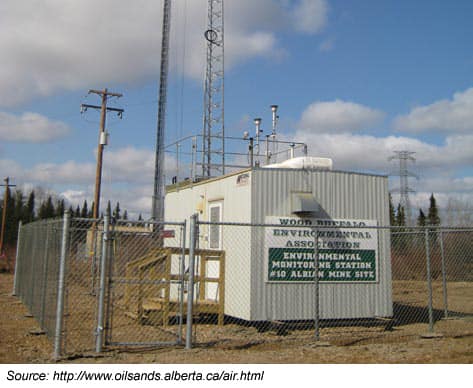
Many manufacturing processes emit pollutants that may accumulate in the atmosphere or on land and water. Air pollutants are frequently monitored in environmental stations that may be housed in temporary or permanent structures strategically located throughout a region. These stations are equipped with gas analyzers and particulate samplers.
Discussions of air pollution and urban smog often include references to PM-2.5 and PM-10. These terms refer to the size of particulate matter that is entrained in the breathable atmosphere. The numbers in the ‘PM-‘ expressions refer to particle size in micrometers.
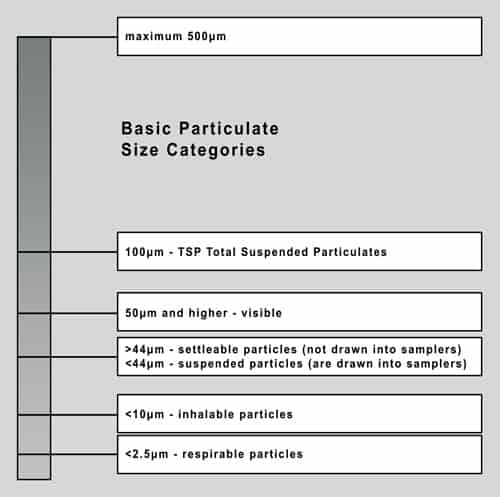
The implications of the distinction between PM-10 and PM-2.5 are significant. The PM-10 particle is sufficiently small to move past the natural defenses in the human breathing system and accumulate in our lungs. The PM-2.5 particle is sufficiently small to diffuse from the lungs directly into the bloodstream.

To evaluate the profusion of particulate matter, environmental authorities use automatic air samplers. These instruments collect air samples at very specific and constant air flows. Unwanted particulates above the target size are removed by filters, baffles, and very specific air flow designs within the sampler. The remaining particles impinge on a removable filter element which can be gravimetrically analyzed to determine particulate profusion. A few different styles are shown below.
- Dichotomous sampler – separates and captures PM-2.5 and PM-10
- Size-Selective Inlet sampler – can capture PM-2.5 or PM-10
- High Volume sampler – can capture PM-44 and less
(Note: this type of equipment not sold or manufactured by Nova)
Environmental standards may be divided into Primary or Secondary Standards which define whether the standards apply to public health protection or public property and mobility. Gas analysis equipment in environmental monitoring stations is frequently intended to detect and report low level amounts of targeted ‘criteria pollutants’ such as carbon monoxide, nitrogen dioxide, PM-2.5, PM-10, sulfur dioxide, lead, ozone, and others.
Nova Products
Nova typically does not participate in environmental monitoring projects because that is not the focus of our product line. Therefore, we do not manufacture particulate monitors, opacity monitors, wind velocity meters, and other instruments typically associated with environmental monitoring stations.
However, our industrial gas analyzers are frequently used to help control air pollution at the sources. For example, an out-of-tune combustion process may produce more particulate matter due to improper fuel ratios or combustion conditions. The exhaust gases can be used to determine combustion efficiency which can then be improved if needed. Learn more about point source monitoring of flue gas and emissions applications.
Steel-making processes, such as electric arc furnaces, can also be optimized and environmentally improved by using gas analysis. The Tenova EFSOP process is an industry-leading example of this.
Ambient Air Monitoring
Industrial processes frequently produce toxic gases which may accumulate in areas that are occupied by people. In other cases, there may be storage of compressed gases. A leak may displace the local air and create an oxygen-deficient environment. It is therefore important to monitor these areas for local ambient air quality. The monitoring may be of the toxic gas or of oxygen content, whichever is more immediately dangerous. Some applications require both types of monitoring.
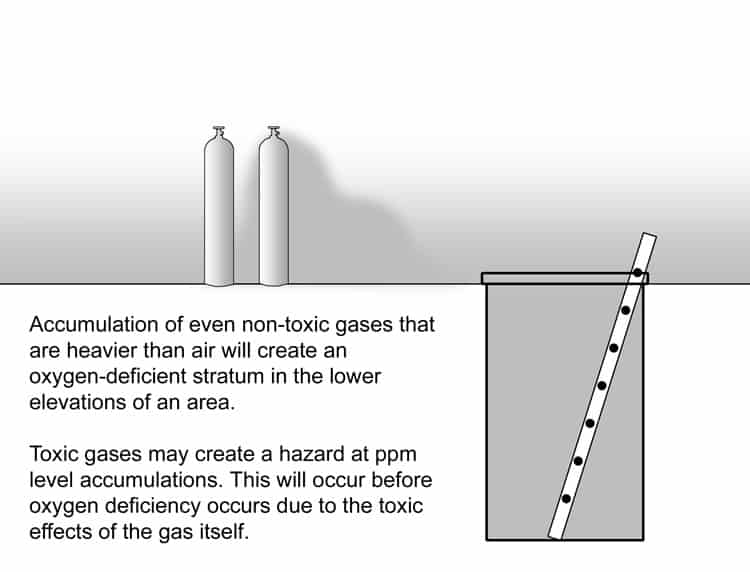
Non-industrial locations such as laboratories and parking garages also frequently require monitors for indoor air quality reasons.
One characteristic of this type of monitoring is in the ranges of analysis. Because many gases are toxic at very low levels, it is of very little use to have analysis ranges that are relevant to process levels. Air monitors should be suitable for levels corresponding to human safety. Thus, many personnel safety monitors have analysis ranges in the low ppm (parts per million).
In this type of situation, it is also important to provide some kind of audible or visual alert to notify local personnel that a dangerous situation exists. The alert mechanisms should be carefully located by the health and safety department of the facility to ensure that adequate warning is given at the best locations.
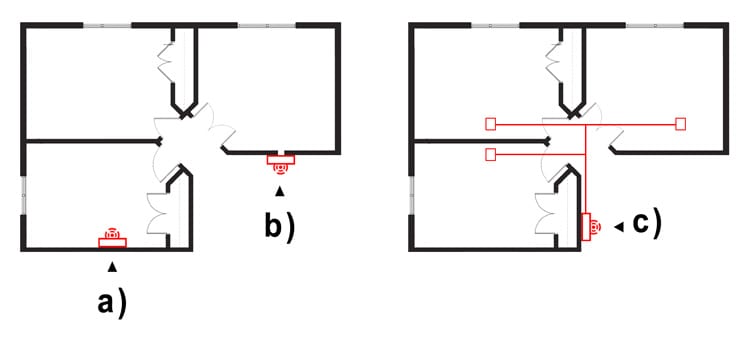
Per the above picture labels:
- Monitor may located inside of room. Sensor exposed to diffuse atmosphere around monitor.
- Monitor may be located outside of room. Sample pulled to monitor by built-in pump.
- Monitor may be connected to several remote sensors. Results are centrally displayed on main cabinet.
Nova provides a few products that address these situations.
The 500 Series is a wall-mounted instrument available with audible and red strobe light alerts for the following gases:
- Model 510 Oxygen Deficiency
- Model 523 Carbon Dioxide Monitor
- Model 541 Chlorine Monitor
- Model 550 Hydrogen Sulfide Monitor
- Model 560 Sulfur Dioxide Monitor
- Model 575 Nitrogen Oxide Monitor
- Model 580 Carbon Monoxide Monitor
- Model 580BA Carbon Monoxide Monitor for Breathing Air Systems
- Model 585 Nitrogen Dioxide Monitor
- Model 591 Hydrogen Chloride Monitor
- Model 595 Ammonia Monitor
Some more of these models are visible here.
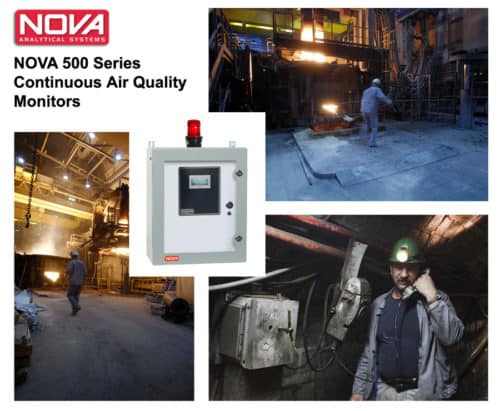
Some of these models can be combined into a single analyzer. However, this may not be possible in all cases. Some atmospheres can contain multiple gases that may interfere with analysis of other gases. A monitor can be set up to have internal compensation for some interfering gases, but this is not always possible. Consult with Nova here or here to see if your requirements can be met.
Nova 600 Series Portable Air Monitoring
The 600 Series is a portable version of the wall-mount ambient air monitor. It may be carried with the user to provide alert of dangerous gas accumulations. Some users have also used this instrument to acquire an approximate baseline level of various gases on an industrial site or in a laboratory.
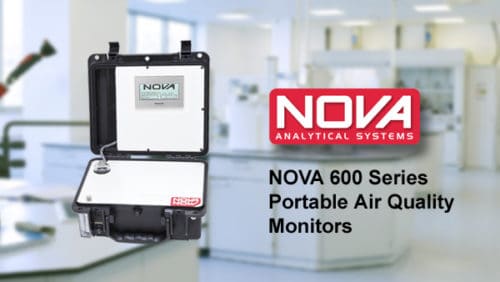
The 600 series instrument is available with a variety of gases that are relevant to portable ambient air monitoring.
- Oxygen (O2)
- Carbon Monoxide (CO)
- Nitrogen Oxide (NO)
- Nitrogen Dioxide (NO2)
- Relative Humidity & Temperature
- Carbon Dioxide (CO2)
- Hydrogen Sulfide (H2S)
- Sulphur Dioxide (SO2)
- Chlorine (Cl2)
- Ammonia (NH3)
- Hydrogen Chloride (HCL)
Some of these may be combined into a single analyzer. To provide us with more information about your application, please complete our Application Questionnaire and our Sales team will follow up with you promptly.
Ready for the next step? Please contact our Sales team for more information.


